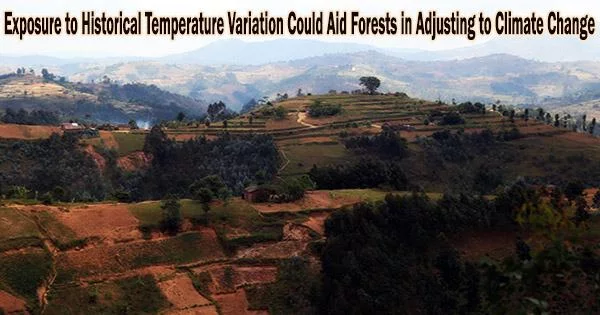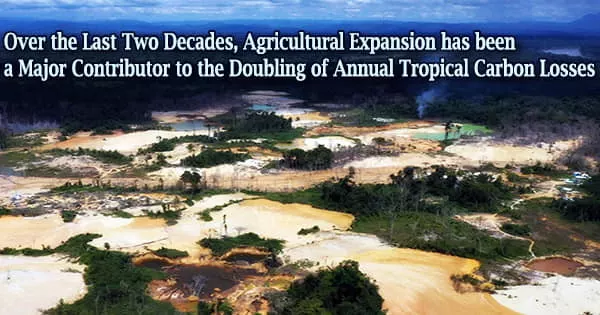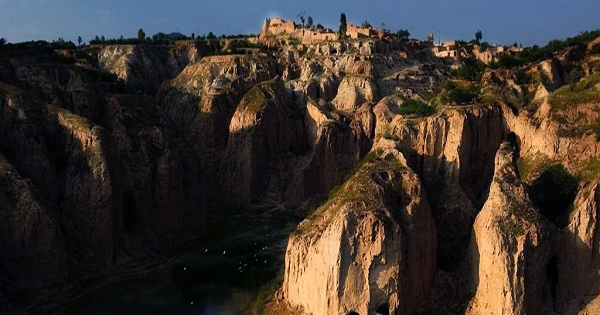Planning effective forest management and climate policy requires an understanding of how forests are adapting to climate change.
A recent study examined how past and present climate variability affects the productivity of the world’s forests. It was published today in the inaugural issue of Environmental Research: Ecology, published by IOP Publishing.
The project identifies vulnerable areas where forests may be most in danger as the planet warms and temperatures increase. The framework can support efforts to adapt forests, help set conservation priorities, and enhance carbon accounting.
Lead author Winslow Hansen, a forest ecologist at Cary Institute of Ecosystem Studies, says, “Global climate patterns are becoming increasingly variable. This means more extremes, which threaten forest health and productivity. They say adversity makes you stronger. Here, we were essentially testing that adage for trees. Are forested regions that experienced more variable conditions in the past better prepared to tolerate variable climate now and in the future?”
To find regional trends in climate variability, the researchers examined global climate records for two 20-year study periods, 1950–1969 and 2000–2019. Records were kept for the mean, minimum, and maximum monthly temperatures as well as the total amount of precipitation and the mean vapor pressure deficit (a measure of how dry the air is). At a spatial resolution of 0.5°, global data were griddled.
The researchers analyzed worldwide vegetation data gathered by NASA’s MODIS satellites to evaluate the productivity of modern forests. The “enhanced vegetation index” (EVI) is a valid indicator of leaf cover and forest productivity that is generated from satellite data. Every eight days, the Aqua and Terra MODIS satellites map the world’s vegetation cover.
As climate conditions become increasingly variable, there is a critical need to identify where and how forests are changing. Our analysis offers a framework to hone this understanding on a global scale helping to improve targeted conservation policies that protect forests, their inhabitants, and the essential services they provide.
Winslow Hansen
They were able to determine how past and present climate variability influences current forest productivity by combining climate data with satellite records of forests. They discovered that areas with historically more variable temperatures still have more variable temperatures today. Forests in these regions tend to better tolerate this increasing variability.
Hansen says, “Our findings show that historic temperature variability casts legacy effects on current forest productivity. In places where historic temperature variability was 0.66°C greater than the global average, forests were 19x less sensitive to current temperature variability. This trend was true globally, with important distinctions among biomes.”
Coauthor Naomi Schwartz of University of British Columbia says, “We are seeing global temperature change in two distinct ways: average temperatures are rising and temperature is becoming more variable year to year. These indicators are changing with varying degrees of intensity in different regions. In some places, rising mean temperature is likely to have a greater impact on forests than increasing year to year temperature variability, and vice versa.”
Hansen explains, “While climate models predict relatively modest overall warming in the tropics through the 21st century, year-to-year temperature variability is expected to substantially increase. Our analysis indicates that tropical forests could be harder hit by effects of increasing variability than rising mean temperatures.”
“A different story is playing out in the boreal forest biome, where year-to-year temperature variability is expected to increase moderately relative to past conditions, but average temperature is rising at least twice the global average. Decadal warming trends, and exacerbating effects on fire and insect outbreaks, may threaten boreal forests more than interannual temperature variability.”
The results show that current forest responses to temperature fluctuation are shaped by the legacy impacts of historical temperature variability. The same, however, did not hold true for forest responses to vapor pressure deficit and precipitation variability. The physiological trade-offs involved in how trees adapt to dry conditions may be the cause of this.
Hansen says, “We often think of climate change as a monolithic phenomenon. But in reality, climate is changing in many different ways all at once, and we expect this to cause really different impacts across ecosystems, including forests. Our study highlights how forest adaptation strategies need to be developed that account for the nuanced effects of climate change.”
Additionally, sensitive “hotspots” were identified by the analysis across all biomes, designating areas of forest that were more at risk. These include tropical forests in the southern Amazon, temperate forests in Asia, temperate forests in the south-central and southeast United States, and boreal forests in eastern North America.
Hansen concludes, “As climate conditions become increasingly variable, there is a critical need to identify where and how forests are changing. Our analysis offers a framework to hone this understanding on a global scale helping to improve targeted conservation policies that protect forests, their inhabitants, and the essential services they provide.”
















